People have been keeping pets for a very long time. Most people keep common pets, such as dogs and cats, but others prefer keeping more unusual pets, such as birds, fish or rabbits. But some people prefer to keep even more unusual pets than these – some people want the most unusual, exotic and bizarre pets imaginable.
We’ll talk about some of the most surprising species that people keep as pets below. We’ll also talk about some of the things these animals need to remain healthy and happy, and whether they make good pets.
Giant Centipedes
Giant centipedes are particularly creepy arthropods that some people keep as pets.
Centipedes are long, thin invertebrate predators that live all over the world. Most are relatively small and measure only 3 or 4 inches in length. However, a few species, such as Scolopendra gigantea, may reach nearly 1 foot in length. These gigantic centipedes are often kept as pets by invertebrate enthusiasts.
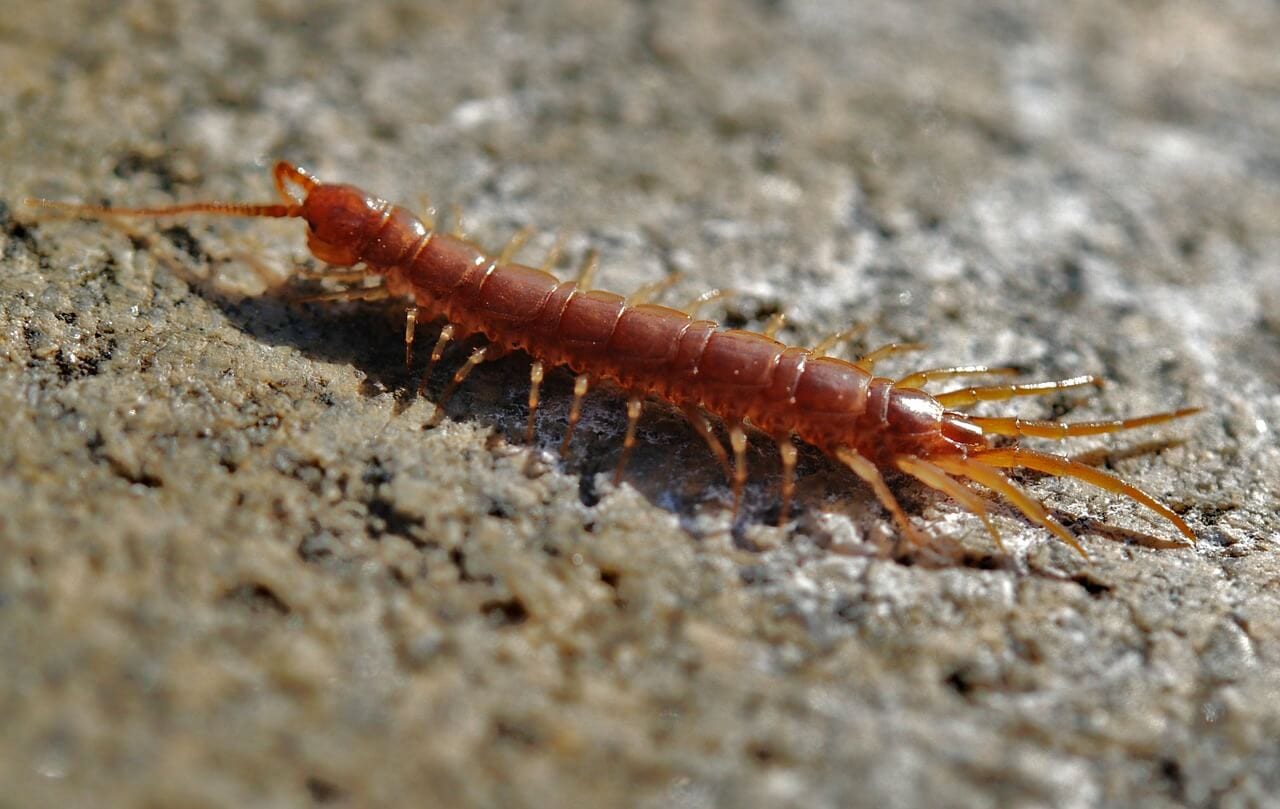
Although the name “centipede” means 100 legs, most species have fewer legs than this (typically around 40 or so). All centipedes possess venom, which they inject via a set of modified front legs called forcipules. Most small species are harmless to humans, but the large species often kept as pets can cause very painful bites. At least one death has been attributed to giant centipedes.
Giant centipedes require a dim, slightly damp terrarium with plenty of places to hide. They’re secretive and nocturnal, so you won’t see a pet centipede very often. Although some people do handle their giant centipedes, this is a risky endeavor, which is generally not advisable. Giant centipedes can eat prey as large as lizards and frogs, but most people feed their pets crickets or roaches.
Slow Loris
Small and unusual, slow loris are primates that some people keep as pets.
Slow loris are nocturnal primates that are native to the tropical forests of Southeast Asia. They essentially resemble small monkeys with very large, endearing eyes. Often, they have attractive markings in their fur, particularly around the face. Most people who see photos or videos of slow loris find them very cute, so it’s no surprise that some people enjoy keeping them as pets.
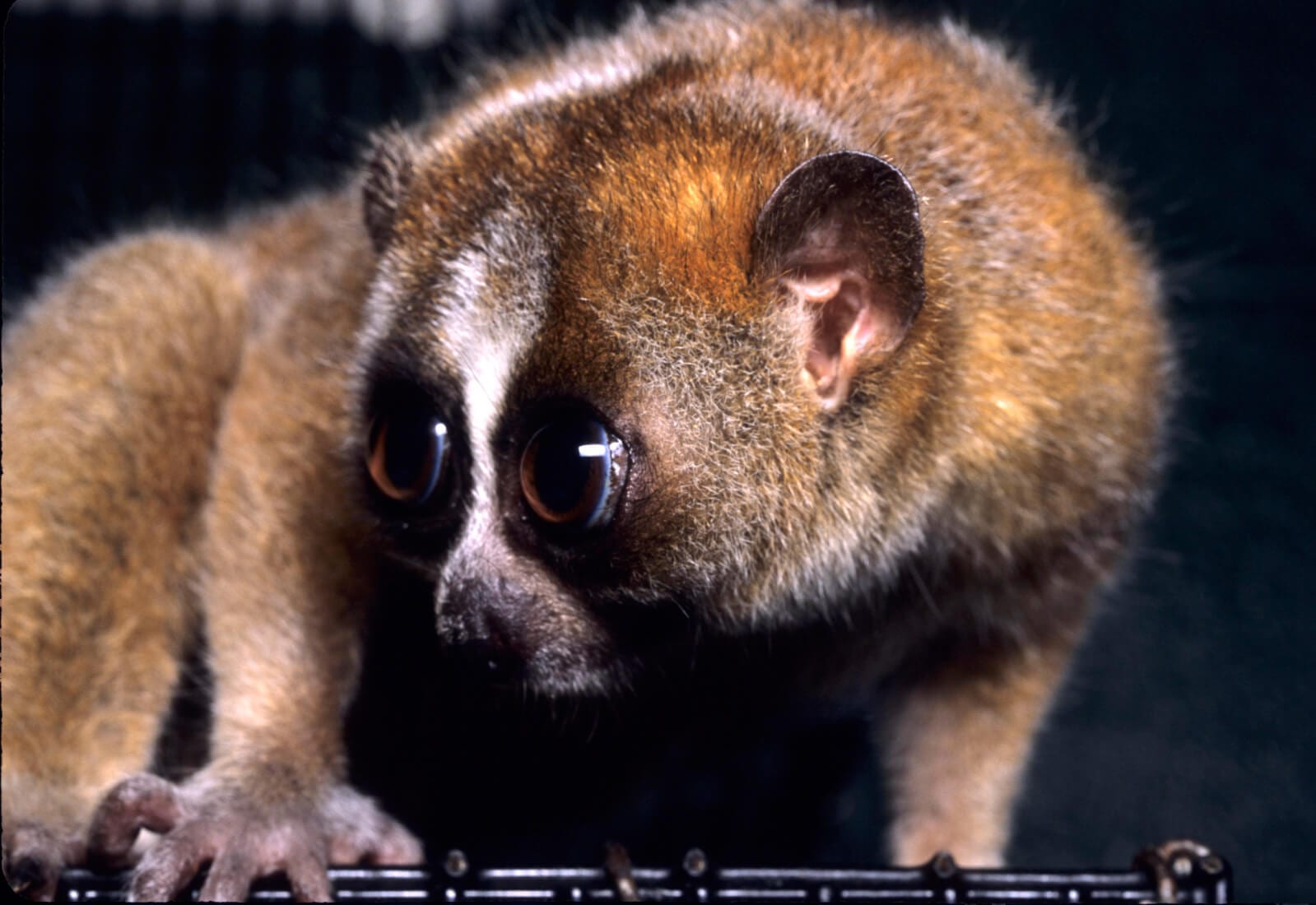
However, slow loris do not make good pets at all. For starters, they’re very long-lived animals, who often survive for 20 years or more. That’s longer than most people want to keep an animal for, which can cause them to start neglecting their pet. Additionally, slow loris can suffer from intense discomfort when exposed to bright lights, which means you’ll have to keep the light off in their room for most of the time.
But perhaps the most compelling reason to avoid keeping slow lories for pets is their venomous bite. Slow loris have a patch near their elbows which produces a toxin. When threatened, a can loris lick this patch, which transfers the toxin to its mouth. It can then use this venom to deter perceived predators – including human keepers.
Slow loris also require very large cages, which few owners are prepared to provide. However, it is usually easy to feed these animals. Slow loris are omnivores, who eat a variety of fruits, insects and small animals.
Venomous Snakes
Despite the danger they present, some people keep venomous snakes as pets.
While most people would rather run away from a snake than keep one as a pet, many animal lovers keep snakes as pets. Most snake enthusiasts keep harmless, non-venomous species, but some people prefer to keep highly venomous species. Indian cobras, rattlesnakes and eyelash vipers are some of the most popular species, but others prefer keeping North American copperheads or African Gaboon vipers.
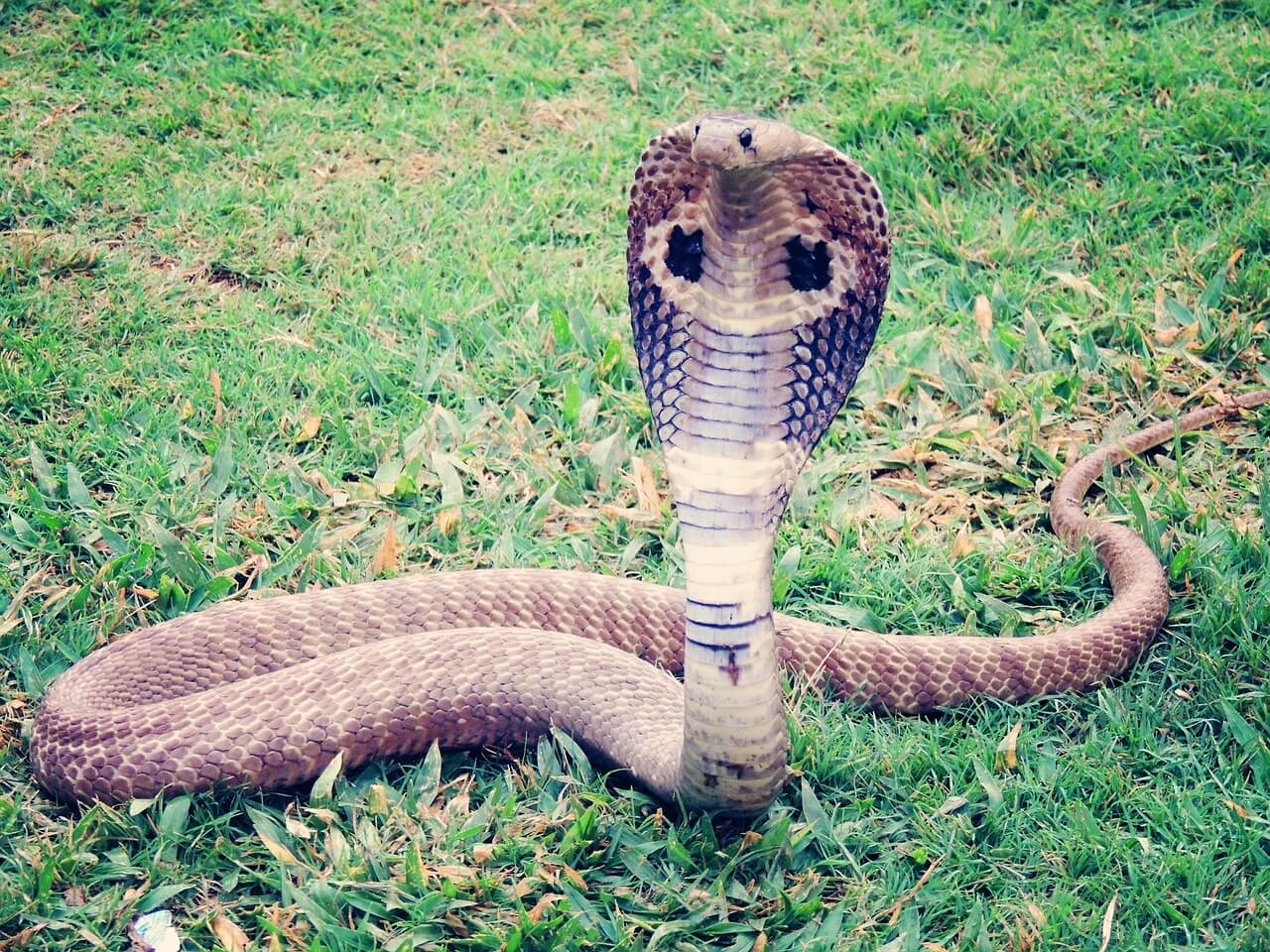
In some respects, keeping a venomous snake is no different than keeping a harmless snake. You simply need a secure enclosure and the necessary heating and lighting equipment. You’ll also need to provide hiding places for the snake, as well as food and water. However, while this is easy to do for a harmless snake species, you’ll need to do these things without ever touching a venomous snake. Many venomous snake keepers rely on specialized tools, such as snake hooks and tongs, to do so.
Venomous snakes are obviously quite dangerous, so they should only be kept by people with the knowledge, skills and experience to maintain them safely. It’s important to realize that venomous snakes don’t only represent a danger to their keeper, they can also endanger others if they escape their enclosure.
Octopi
Although octopi are very strange animals, many aquarists enjoy keeping them as pets.
Octopi are eight-armed invertebrates that live throughout the world’s oceans. Famous for their big brains, biting beaks, and ability to change colors, octopi are understandably fascinating animals. Unfortunately, they usually don’t make very good pets. This hasn’t stopped some aquarists from trying to keep them, and occasionally having success.

Octopi have very demanding care requirements. Many species can become sick or die from poor water quality, and the stress of capture and shipping means that many die before reaching the pet shops that sell them. Additionally, octopi are short-lived animals, who rarely live more than 2 or 3 years.
Octopi require things like shrimp and crabs for food, and they like to spend a lot of their time hiding in rock crevices and other sheltered locations. Octopi are very good escape artists, so keepers must often go to great lengths to cover any potential escape routes in the tank. Some keepers even use duct tape to seal up cracks around the aquarium lid.
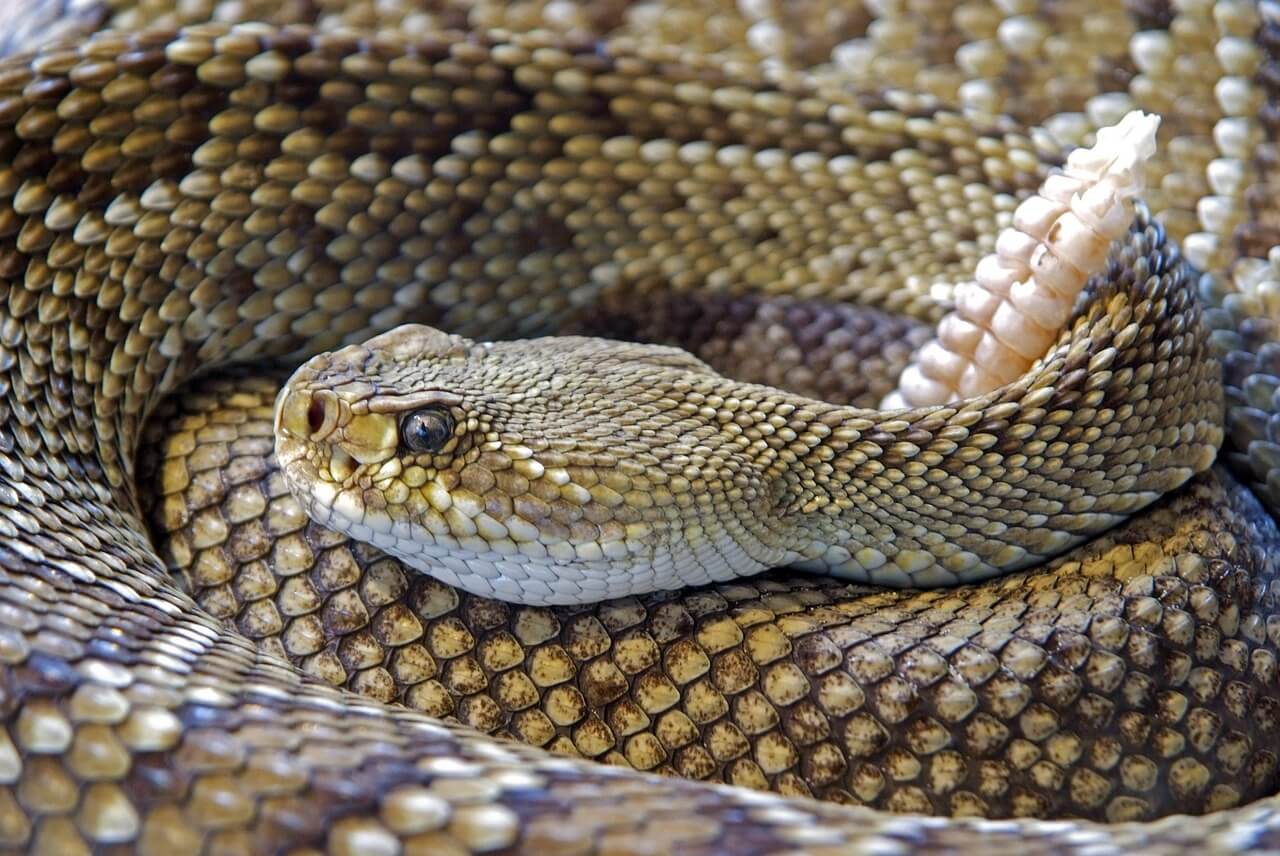
These types of pets often require specialized care, they often eat strange foods, and they may not like the kind of interaction that most other pets do. But for those who are interested in unusual animals, these types of exotic animals make very rewarding pets.


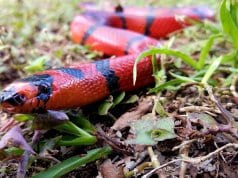











![Red Angus Closeup of a beautiful Red Angus cowPhoto by: U.S. Department of Agriculture [pubic domain]https://creativecommons.org/licenses/by/2.0/](https://animals.net/wp-content/uploads/2020/03/Red-Angus-4-100x75.jpg)

